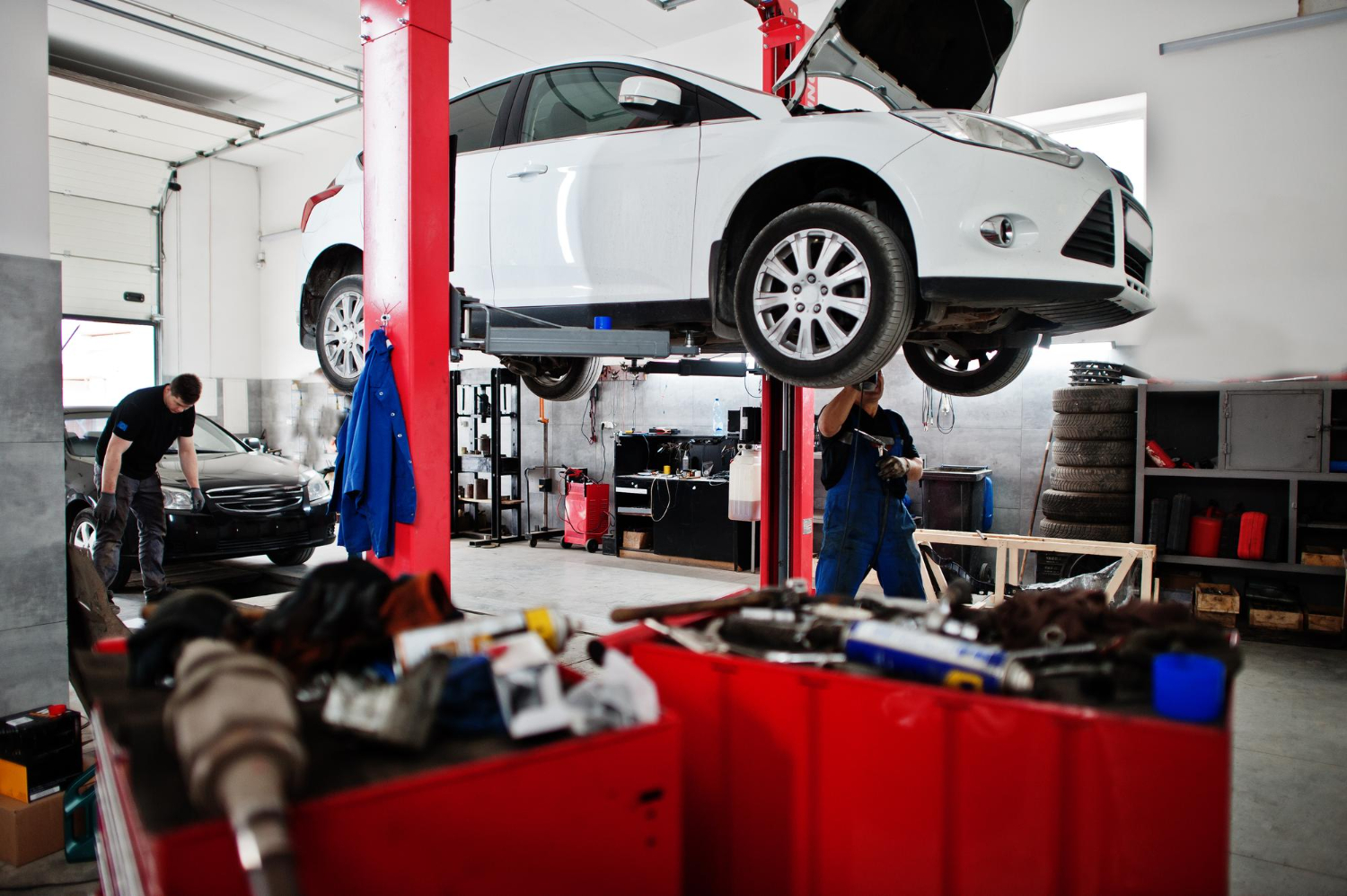Garage Revival: Decluttering and Cleaning Tips
The garage is often the forgotten space in our homes. It accumulates clutter, becomes a dumping ground for items we’re not sure what to do with and turns into a mess we’d rather ignore. However, with some effort and the right strategy, you can turn your garage from a chaotic wasteland into a functional and organized space. In this blog post, we’ll explore decluttering and cleaning tips to help you revive your garage.
1. Start with a Plan
Before you dive headfirst into your garage cleaning and decluttering project, it’s essential to have a clear plan in mind. Consider what you want to achieve with your garage space. Do you want to park your car, create a workshop, set up a home gym, or simply have a well-organized storage area? Defining your goals will guide your efforts and help you make the most of the space.
2. Categorize Your Items
One of the first steps in the decluttering process is to sort your garage items into categories. This makes it easier to organize and declutter effectively. Create categories such as tools, sports equipment, gardening supplies, seasonal items, and anything else that applies to your situation.
3. Declutter First
Once you’ve categorized your items, it’s time to declutter. Be ruthless in your decision-making. If you haven’t used an item in years, it’s likely time to let it go. Donate, recycle, or dispose of items that are broken, no longer serve a purpose, or are duplicates. Remember, decluttering is about creating space for the things you truly value.
4. Invest in Storage Solutions
To keep your garage organized, you’ll need proper storage solutions. Invest in shelves, cabinets, hooks, and storage bins. Wall-mounted storage options are fantastic for maximizing space and keeping your garage floor clear. Choose storage solutions that suit your needs and fit within your budget.
5. Create Zones
After decluttering and getting the right storage solutions, it’s time to create zones within your garage. Designate specific areas for different categories of items. For instance, create a gardening zone with shelving for pots and tools, a sports equipment zone with hooks and bins for balls and rackets, and a tool zone with a dedicated workbench and pegboard for easy access to your tools. Label your shelves and bins to ensure everything stays in its designated place.
6. Use Vertical Space
Garages often have plenty of vertical space that goes unused. Make the most of it by installing shelves and hooks on the walls. This not only frees up valuable floor space but also helps you keep your garage tidy. You can hang bikes, store ladders, and keep items you use less frequently on higher shelves.
7. Regular Maintenance
Now that your garage is perfectly organized, it’s important to keep it that way. Regular maintenance is key to avoiding the hassle of cleaning and decluttering all over again. Simply set aside a few hours every month or season to check that everything is where it should be. Also, be proactive about getting rid of any new items that find their way in. If you encounter any issues with your garage door, like needing garage door repair in Sandy, address them promptly to maintain your organized and secure space.
8. Safety First
Safety should be a priority in your garage. Ensure that hazardous materials, chemicals, and tools are stored safely and out of reach of children. If necessary, install locks on cabinets to prevent accidents. Additionally, consider installing smoke detectors and fire extinguishers to keep your garage a safe space.
9. Consider Flooring
If your garage floor is in rough shape or you want to give your space a polished look, consider investing in epoxy flooring or rubber mats. These options not only look better but are also easier to clean. They provide a barrier against moisture and can help protect your concrete floor.
10. Label Everything
A well-organized garage is only as good as your ability to find what you need. Labeling bins and containers is a simple yet effective way to maintain order. When everything is labeled, you can quickly locate the items you’re looking for and return them to their designated spots. This small step can make a big difference in the long run.
Conclusion
Reviving your garage through decluttering and cleaning is a rewarding project that can turn a chaotic space into a functional and organized one. Starting with a clear plan and following these tips can help you create a garage that serves your needs and makes your life more efficient. With dedication and consistency, your garage can become a space you’re proud to show off and utilize to its fullest potential. Don’t let your garage be an afterthought; it has the potential to be a valuable part of your home.







